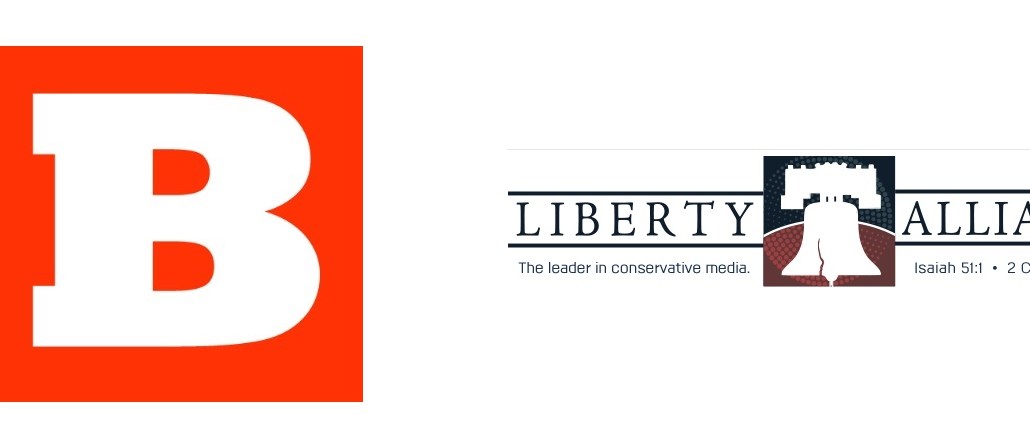Save 50% on a 3-month Digiday+ membership. Ends Dec 12.
Best of the week: Programmatic’s alt-right problem and Facebook’s double edged sword

This was a short week, so here’s a little something to chew on as the salt, protein and tryptophan haze begins to lift.
Ad tech’s Breitbart dilemma
Brands and the agencies that work for them are caught in a tough place when it comes to ads on so-called alt-right websites like Breitbart, which have regularly published articles that stoke nationalist, racist and anti-Semitic sentiments. Thanks mostly to programmatic advertising, plenty of brands advertise on Breitbart, with their ads appearing next to stories like “Bill Kristol: Republican Spoiler, Renegade Jew” and “Here’s Why There Ought to Be a Cap on Women Studying Science and Maths.”
Now, a Twitter account called Sleeping Giants is putting pressure on advertisers, taking screenshots of advertising appearing on Breitbart, then tweeting at the companies involved. “The biggest way that this disinformation will continue is ad revenue, just like any news source,” said the Sleeping Giants author, who asked to remain anonymous. “This isn’t supposed to be a boycotting effort as much as an information effort.”
The account has received replies from Modcloth, SoFi, Salsify and Nest, all of which have said via social media that they’ve removed ads on Breitbart by blacklisting the site. But plenty of others remain: A laundry list of major companies, including Sephora, Nissan, Hyundai to name a few, are among current ads on the site, most through retargeting.
Later in the week, ad tech firm AppNexus said it would stop working with Breitbart because it violates AppNexus standards on hate speech.
Facebook’s latest ad format: real-time promotions of live video
Facebook Live viewership has been purely driven by organic reach for a long time, but that is likely to change soon: Facebook is testing a real-time ad feature that lets advertisers boost their live video while broadcasting.
“There are strategies to boost reach for Live format video today, but the ability to drive better visibility and accountability for what a brand could actually achieve is enticing and helps justify any investment here,” said Ethelbert Williams, CMO for cosmetic brand InstaNatural.
The social video fallacy
It is, after all, getting easier to get to a billion views on Facebook. But publishers that are only chasing scale, and not thinking about video as a long-term business, are in trouble. Take, for instance, TV, which can monetize the same piece of content through advertising, licensing, syndication, merchandising and other revenue streams. On Facebook right now, publishers have the option of suggested videos, which brings in very little, and sponsored videos, which is difficult to scale.
“There’s an entire business being built on publishers licensing some footage, stitching it together, and putting it up on Facebook. It’s very economical and scale remains the easiest thing to sell,” said David Spiegel, svp of sales and brand strategy for Great Big Story, a video startup backed by CNN. “But just because a magazine has more pages in it, it doesn’t make it the best magazine.”
Things agencies love: Snapchat Spectacles
Snapchat’s Spectacles have been making the rounds. The company’s latest offering, which hit the streets just over a week ago, is a hit among marketers, with brands and agencies like Sour Patch Kids, Mountain Dew, VaynerMedia and Space150 already trying them out.
The pair of sunglasses can take 10-second videos from the point of view of the wearer, which the wearer can then upload to Snapchat. When played on Snapchat, the videos can be viewed both horizontally and vertically capturing the full range of the circular lens. And when the videos are shared to other platforms, they show up in a new circular format.
“This first-person view into your world is something we’ve never seen,” said Ned Lampert, creative director at Space150. “The opportunity to share a POV perspective when skydiving, firefighting, skateboarding or baking a pizza is now just $130 away.”
More in Media

WTF is AI citation tracking?
Publishers are tracking AI citations to understand visibility, attribution gaps and referral traffic in these tools and platforms.

As big brands flood the podcast ad space, startups are refining strategies to stand out
While a influx of big advertisers is good news for podcast companies, it also makes it more challenging for small- to mid-sized brands to stand out in the space.

Meta enters AI licensing fray, striking deals with People Inc., USA Today Co. and more
The platform has secured seven multi-year deals with publishers including CNN, Fox News, People Inc., USA Today Co to incorporate their content into its large language model (LLM) Llama.





